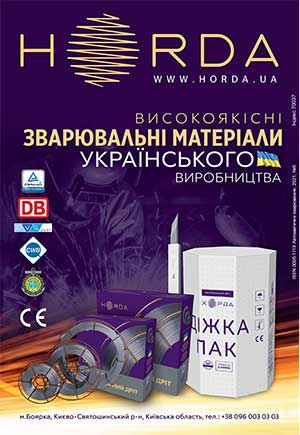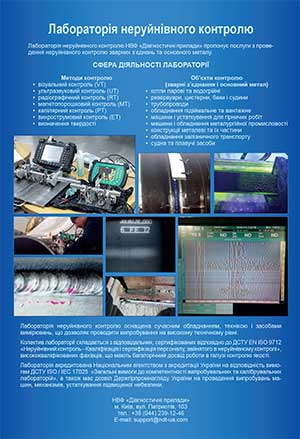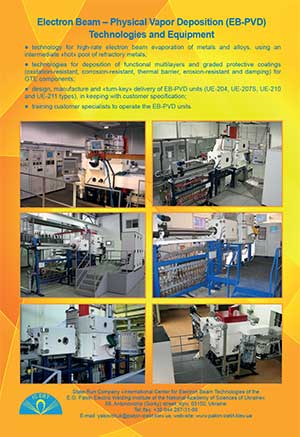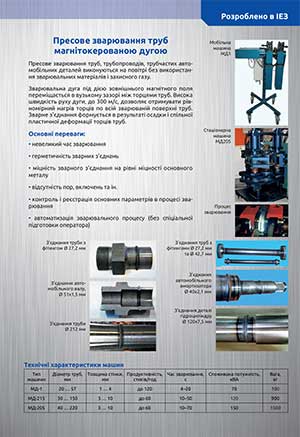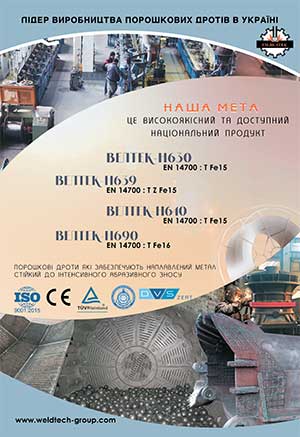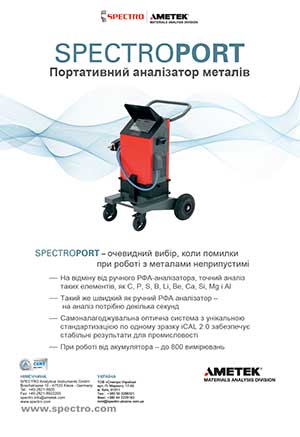| 2021 №05 (07) |
DOI of Article 10.37434/as2021.05.08 |
2021 №05 (09) |
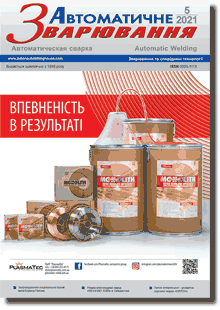
"Avtomatychne Zvaryuvannya" (Automatic Welding), #5, 2021, pp. 51-55
Calculation of residual stress-strain state of deposited steel thin-sheet plates
I.K. Senchenkov1, I.O. Ryabtsev2, O.P. Chervinko1, A.A. Babinets2
1S.P. Timoshenko Institute of Mechanics of the NAS of Ukraine. 3 Nesterov Str., 02000, Kyiv, Ukraine
2E.O. Paton Electric Welding Institute of the NAS of Ukraine. 11 Kazymyr Malevych Str., 03150, Kyiv, Ukraine. E-mail: offi ce@paton.kiev.uaa
Finite-element calculation procedure was developed and stress-strain and microstructural state was studied at single- and twolayer surfacing of 3 mm plates from St3 steel by Sv-Kh19N18G6M3V2, PP-Np-25Kh5FMS and Sv-08A wires. Calculations of SSS, microstructural state and shape change of the plates at surfacing under the smooth support conditions were performed. The model of plane-deformed state (PDS) predicts greater defl ections, compared to the model of plane-stressed state (PSS), except for materials with martensite transformations (PP-Np-25Kh5FMS). At surfacing materials with martersite transformations, greater defl ections are in place due to volumetric eff ects of transformation. Except for deposited metal with martensite transformations (25Kh5FMS), the model of simultaneous deposition of a layer predicts greater sagging, compared to that of bead-by-bead deposition and it can be used for assessment of upper defl ection limit. Satisfactory correlation was obtained for computational and experimental data on surfaced plate defl ection. Rational schemes of supporting and fastening the element edges were determined, which provide minimum residual defl ections. 7 Ref., 1 Tabl., 7 Fig.
Keywords: arc surfacing, stress-strain state, surfaced plate deformations, Bodner-Partom model, defl ection calculation procedure
Received:19.04.2021
References
1. Senchenkov, I.K. (2005) Thermomechanical model of growing of cylindrical bodies from nonlinear materials. Prikl. Mekhanika, 41(9), 118-126 [in Russian]. https://doi.org/10.1007/s10778-006-0013-32. Ryabtsev, I.A., Senchenkov, I.K., Turyk, E.V. (2015) Surfacing. Materials, technologies, mathematical modeling. Gliwice, Silesia Polytechn. In-te, 44-100 [in Polish]. https://doi.org/10.15407/tpwj2015.06.29
3. Ryabtsev, I.A., Senchenkov, I.K. (2013) Theory and practice of surfacing works. Kyiv, Ekotekhnologiya [in Russian].
4. Bodner, S.R. (2000) Unifi ed plasticity – an engineering approach. Final Rep. Technion. Israel Inst. of Tech., Haifa.
5. Popov, A.A., Popov, A.E. (1961) Isothermal and thermokinetic diagrams of overcooled austenite decomposition: Refer. book of heat-treater. Moscow-Sverdlovsk. GNTI Mashlit [in Russian].
6. Shorshorov, M.Kh., Belov, V.V. (1972) Phase transformations and change of steel properties in welding: Atlas. Moscow, Nauka [in Russian].
7. Motovilovets, I.A., Kozlov, V.I. (1987) Mechanics of related fi elds in materials and structure elements. In: 5 Vol., Vol. 1: Thermoelasticity. Kiev, Naukova Dumka [in Russian].
Advertising in this issue:
The cost of subscription/purchase order journals or individual articles
| Journal/Currency | Annual Set | 1 issue printed |
1 issue |
one article |
| TPWJ/USD | 384 $ | 32 $ | 26 $ | 13 $ |
| TPWJ/EUR | 348 € | 29 € | 24 € | 12 € |
| TPWJ/UAH | 7200 UAH | 600 UAH | 600 UAH | 280 UAH |
| AS/UAH | 1800 UAH | 300 UAH | 300 UAH | 150 UAH |
| AS/USD | 192 $ | 32 $ | 26 $ | 13 $ |
| AS/EUR | 180 € | 30 € | 25 € | 12 € |
| SEM/UAH | 1200 UAH | 300 UAH | 300 UAH | 150 UAH |
| SEM/USD | 128 $ | 32 $ | 26 $ | 13 $ |
| SEM/EUR | 120 € | 30 € | 25 € | 12 € |
| TDNK/UAH | 1200 UAH | 300 UAH | 300 UAH | 150 UAH |
| TDNK/USD | 128 $ | 32 $ | 26 $ | 13 $ |
| TDNK/EUR | 120 € | 30 € | 25 € | 15 € |
AS = «Automatic Welding» - 6 issues per year;
TPWJ = «PATON WELDING JOURNAL» - 12 issues per year;
SEM = «Electrometallurgy Today» - 4 issues per year;
TDNK = «Technical Diagnostics and Non-Destructive Testing» - 4 issues per year.







